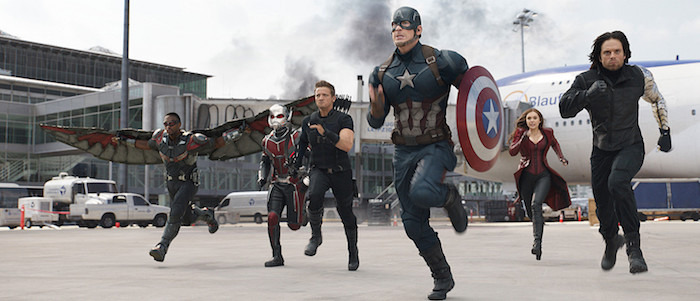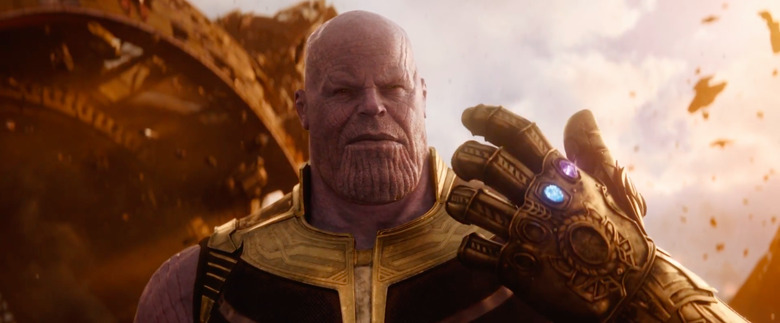Untangling The Marvel Studios Phase 3 Timeline
While the first batch of Marvel Studios films were relatively easy to track on a timeline, it's become increasingly difficult to keep everything neatly aligned in the Marvel Cinematic Universe. But do these little details even matter anymore? Join us as we attempt to untangle the Marvel Phase 3 timeline below.
Marvel Phase 3 Timeline
The connections between movies in Phase 1, starting with 2008's Iron Man, were pretty simple. Nick Fury shows up in a post-credits scene here, Mjolnir pops up over there, etc. The events of Iron Man 2, Thor, and The Incredible Hulk even took place in the same week, as confirmed by this official Marvel infographic. But Black Panther is the 18th movie in the MCU, and now each film carries the burden of all of those before it when it comes to where and when it's set. Phase 3, which began with Captain America: Civil War, has resulted in the most confusing timeline so far. Let's see if we can figure this out.
Civil War takes place about a year after the events of Avengers: Age of Ultron. Doctor Strange is perhaps the most nebulous as to when it starts or ends (appropriate, considering how much of that film is about the manipulation of time), but it's generally agreed upon that it starts sometime before Civil War and ends months or even years afterward, with Strange a much more practiced sorcerer than when he began. Guardians of the Galaxy Vol. 2 is set only a few months after the events of the first Guardians, which means it takes place in 2014. Spider-Man: Homecoming is even stranger, because it's largely set in 2020. (If you just read that sentence and your reaction was, "Wait, what?", read this. It explains everything.)Thor: Ragnarok takes place immediately before the events of Avengers: Infinity War (as seen in Ragnarok's post-credits scene), and Black Panther takes place just a week or so after Civil War. The Ant-Man and the Wasp trailer indicates that that film also takes place in the aftermath of Civil War, with Scott Lang on house arrest after being broken out of the underwater prison the team found themselves in at the end of that movie. Then there's Captain Marvel, which we know is set in the 1990s, and finally Avengers 4, which takes place after Infinity War. Whew.
The Big Picture
With all of that crossover, you can see how it's becoming more and more difficult to sort through the specifics of this massive universe. In the past, Feige has commented on how he and the directors at Marvel avoid getting tripped up in the micro details of established continuity:
"I think people like to talk about our long term plans, which we certainly have. But very rarely do those long term plans dictate the specificity of any individual film. It's usually the opposite. It's focusing on a story, and focusing on the individual movie that we're making to do what's best. And then, if something changes that we weren't quite expecting down the line because it was made for a better movie, then we deal with it down the line."
It's fun (is that the right word?) for us to nitpick this stuff, but the big takeaway here should really be that Feige and Marvel are absolutely right to ignore these tiny details. As much as us nerds might balk at some of these elements not totally lining up, it's far better for filmmakers to be able to tell the stories they want without having to twist to meet a strict set of specific requirements. There is admittedly a part of me that wants everything to line up and click perfectly into place, a part that wants to chide Feige and the producers for not fully grappling with the consequences of their decisions. But if ignoring a small aspect like a specific date means a director is free to tell a richer and more compelling story, that's clearly more valuable than the satisfaction of having everything fall in line on some grand timeline.


